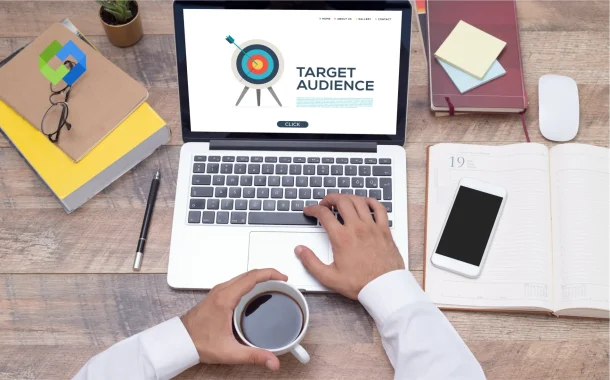Therefore, to achieve all these, this article covers a growth-centered, scalable audience strategy that optimizes value and drives positive outcomes from interactions across all touchpoints.
Table of Contents
Table of Contents
Defining Your Ideal Customer Profile With Precision
Your ideal audience strategy begins by knowing who your best customers are. Do not work on generalizations; instead, figure this out on solid, real-life evidence. Scan through your CRM, sales feedback, and customer interviews, and look for recurrent patterns among your best clients.
These patterns may encompass geographical areas, buying trends, and the problems your product or services address. Building this evidence-backed profile is foundational in determining what marketing steps to take and what prospects to chase to get the highest payoff.
Layering Demographics With Behavioral Insights
Building a customer persona progresses smoothly after you add behavioral data to the profile. Understanding online and offline customer interactions improves demographic data, sharpening audience segmentation.
Focus on tracking technological interaction, content engagement, and purchasing triggers. For instance, knowing what digital devices your customers use or how they navigate your site provides insight into tailoring messages that solve their current problems. Marketing becomes more precise as a result.
Conducting Continuous Audience Research
Since your audience changes dynamically, your strategy should employ ongoing research. Run short surveys, fun quizzes, and casual interviews to scoop up fresh opinions on a regular basis. These interactive tools do double duty: they give you solid data and show your audience you’re really listening.
Stay on top of social media chats and comments so you’ll catch early warning signs when tastes change or problems arise. By keeping this feedback wheel spinning, you can tweak your messages and products before customers even know they’ve drifted, keeping your brand in step with what they expect next.
Segmenting for Personalization and Precision
Developing an audience strategy entailing market segmentation extends the categorization of customers into very distinct groups. Consider the psychographic factors like values, interests, and lifestyles to engage the readers on a deeper emotional level. Also, don’t forget that geographic and cultural differences can affect the perception of an audience towards a brand.
Evolving segmentation alongside the customer journey phase — awareness, consideration, and decision — allows for providing relevant content timed to accompany prospects gently toward conversion. This accuracy enhances both engagement and ROI.
Identifying Opportunities Through Competitors’ Insights
Insights from competitors’ audience-focused strategies can reveal gaps in the market. Focusing on who they target and how they deliver messages to their customers can highlight gaps within your end that are not being sufficiently addressed.
Use this intelligence to position your brand creatively and build stronger bespoke value propositions. Competitors’ analysis is not to copy others, but rather to strategically position your brand to gain market attention in places that are actually neglected.
Creating Customer Personas for Strategic Alignment
Transform your research into customer personas, fictional yet data-supported characters that model your customers’ major audience segments. These personas will help you empathize with your customers’ issues and goals as they assist in humanizing them.
Include these personas in content strategy, marketing campaigns, and even the creation of new products. Relevance increases and connections are actually strengthened when you meet the needs of each persona. This, in turn, fosters loyalty and business growth.
Cross-Funnel Integration and Multi-Channel Integration
To scale your audience strategy, insights should come from multiple marketing channels and touchpoints. Apply upper-funnel strategies such as affinity targeting to gain more audience based on interests. You could go for mid-funnel engagement strategies to nurture leads and lower-funnel retargeting to convert users who showed interest using tailored proposals.
Aligned coordinated actions create consistent messaging, thereby optimally controlling advertising spend by attaining the right audience at the correct time with pertinent messages.
Scaling Your Audience Strategy With Technology and Data
Once your brand experiences growth, hand-operated audience management becomes inadequate. Thus, purchase the kinds of tools that can carry out data collection, segmenting, and campaign execution without a hitch. At the same time, AI outbound sales solutions can use this intelligence to automate prospecting and outreach at scale, ensuring that your marketing insights are directly fueling sales growth.
Finally, constantly confirm your suppositions through actual tests and metrics obtained from your real campaigns. This iterative process allows you to keep on adding customers and doing everything with the same precision and relevance.
Conclusion
Winning audience strategies will never be a one-off setup. They need to evolve with the customers, adapt to their behaviors, and scale to the increasingly complex requirements of the brand’s growth curve. Focus on the connection instead of clicks, relationship rather than reach. When combined with GoAudience, these methods allow for continuous targeting refinement while aligning communications so that the primary focus becomes the audience.














